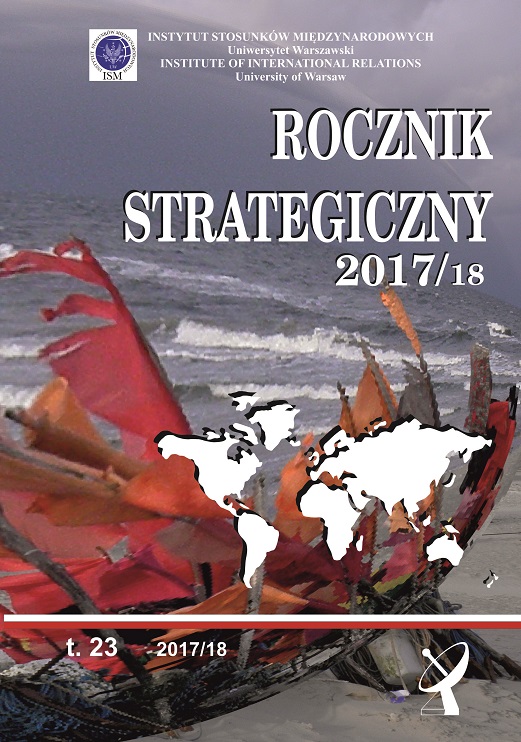
We kindly inform you that, as long as the subject affiliation of our 300.000+ articles is in progress, you might get unsufficient or no results on your third level or second level search. In this case, please broaden your search criteria.



Electronics was born along with the 20th century. Its precursors in communications, telegraphy and telephony, were applications of electrotechnical engineering, which only became electronical after the discovery and adoption of electromagnetic waves as a carrier of information, and particularly after the invention of amplifying vacuum tubes.First communications in Romania via electromagnetic waves were achieved in 1901, virtually at the same time with the accomplishments of Marconi and Popov. The lack of a tradition in electrotechnics, as well as limited resources, caused the evolution of electronics in our country to progress at a different pace, and sometimes with different priorities, than worldwide.This paper aims to succinctly present this evolution for the widely recognized domains of Telecommunications, Professional Electronics, Computer Engineering, Components.While subtitled "milestones", the paper is rather ample, and was therefore split into three sections: - first section refers to the first semicentennial of Romanian electronics, where the four domains are largely commingled, similarly somewhat to the worldwide evolution back then; - second section covers the second half-century of Romanian electronics in Telecommunications; - third section follows the evolution of Professional Electronics, Computer Engineering and Components during the same period.
More...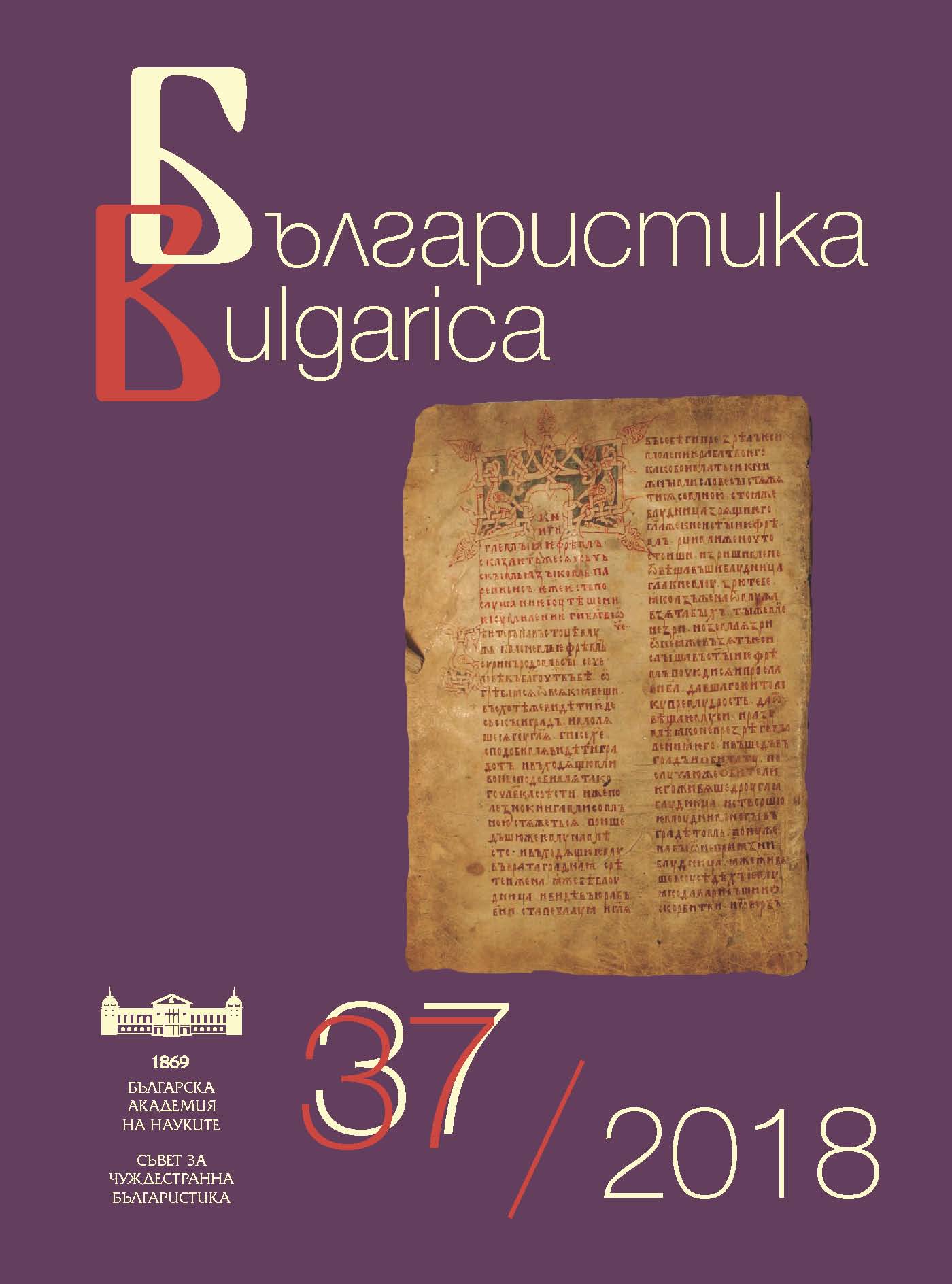
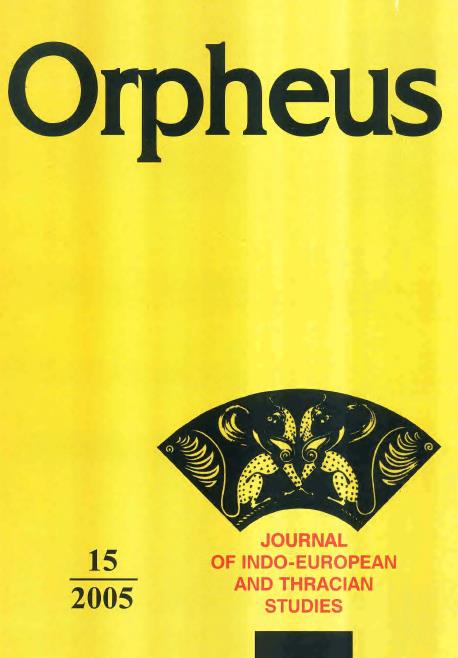
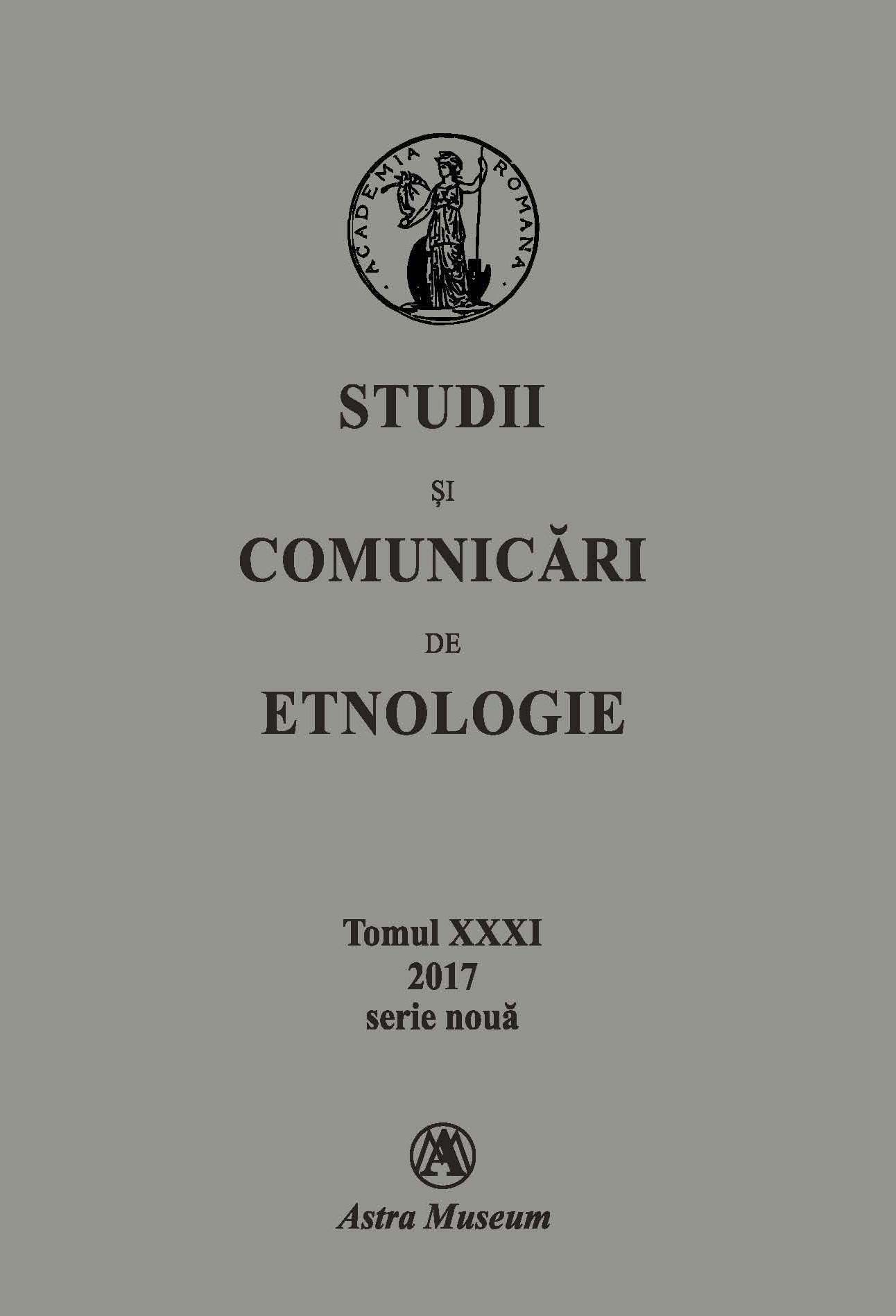
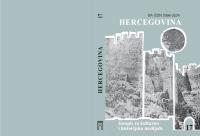
One of the many features of Roman civilization that came to present-day Bosnia and Herzegovina with the arrival of the Romans was writing, and its application in everyday matters. Literacy remains fairly well documented in the form of numerous surviving stone monuments, inscriptions on public edifices and temples, votive and sepulchral monuments and the like. Less attention has been paid to literacy as it applied to everyday life, the keeping of records relating to trade, the army, logistics, public administration and so on. Material evidence of this kind of literacy is to be found primarily in the finds of styli, the subject of this paper. A significant number of styli, or of multi-purpose objects that could have been medical probes or styli, have been found. These were made of bronze (catalogue nos.. 2, 3, 4, 5, 6, 7, 11, 13, 14, 15, 19, 21, 22, 23, 26), iron (catalogue nos. 1, 8, 10, 16, 17, 18, 27, 28), and even of silver (catalogue nos. 9, 20, 25) or gilt (catalogue no. 24). One such object from Narona is a bone stylus (catalogue no. 13). Most are simple in shape, with a sharply pointed tip and a stem with a flattened end, fan-shaped, rectangular or semi-circular in half-section. In some specimens the flattened end was in the same plane as the stem, or was somewhat curved. The pointed tip was used to write on wax, damp clay or other materials that could take an impression, while the other end was used as an eraser. In most cases the stem is of simple workmanship, tapering towards the tip from the thicker eraser end (catalogue nos. 2, 4-9, 13, 14, 15, 20, 26, 28). In a few specimens the stem bears elaborate annular mouldings, lines or rectangular flanges, or was slightly spiral in form (catalogue nos. 1, 3, 10-13, 16-19, 21, 22, 24, 25, 27), which were not only decorative but also helped to prevent the stylus from slipping while in use. For the benefits of literacy to be enjoyed, individual literacy was not limited to incoming officials, managers of mines and administrative centres, military camp commanders, physicians and priests, but also required the presence of a degree of literacy in larger villas such as Višići, Panik, Mogorjelo, and Mušići. The use of writing is known from finds in major urban settlements such as Aquae S. . ., Japra-Majdanište, military camps such as Kastrum near Doboj, the Oborci basilica near Doboj dating from late Antiquity, and many other sites More general literacy in major urban settlements is attested by finds at such Roman towns as Siscia and Narona, examples of which are kept in Bosnia and Herzegovina.
More...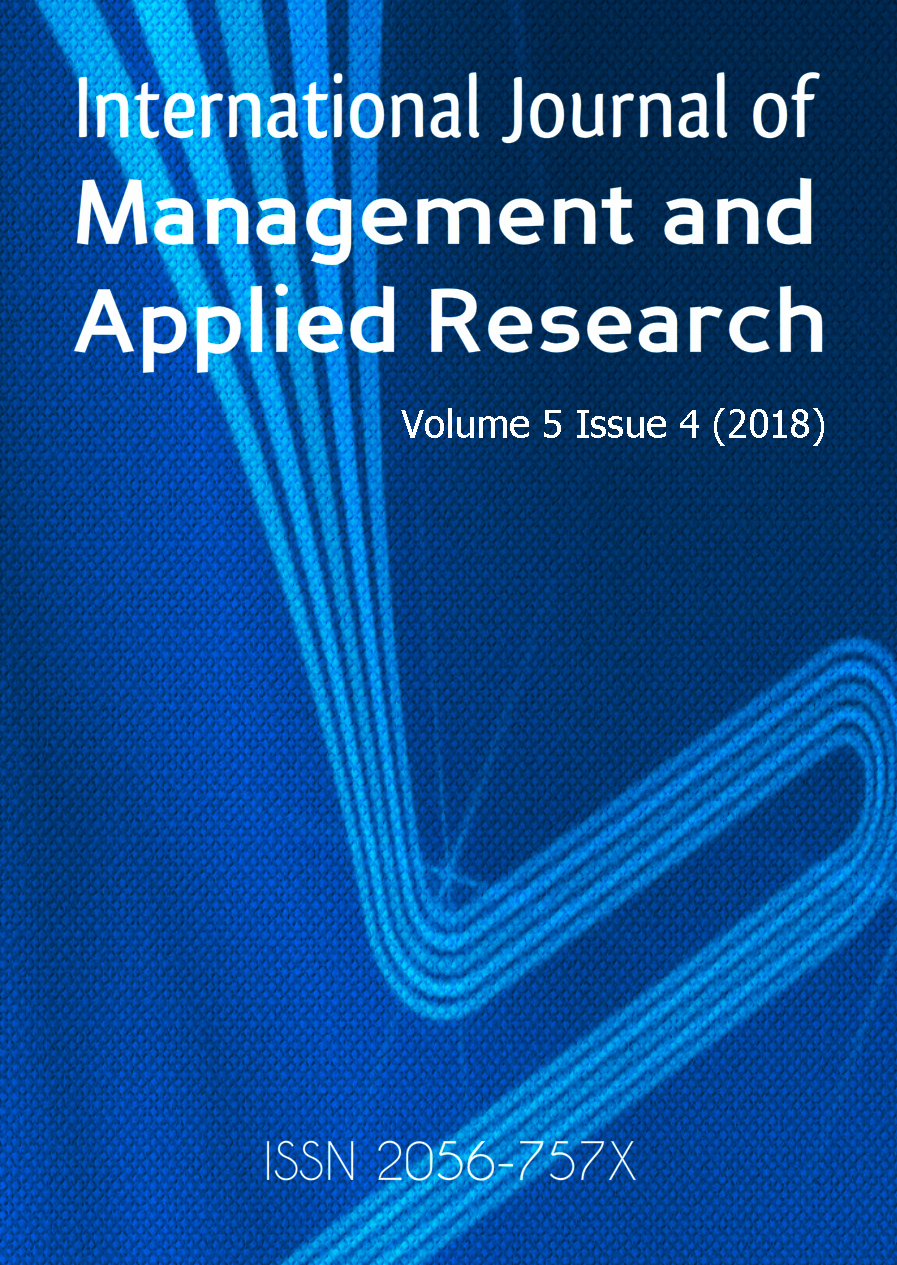
In this article I reflect on my use of LEGO® SERIOUS PLAY® as a teaching intervention in sessions on referencing and plagiarism awareness. Building on a paper I presented at the Librarians’ Information Literacy Annual Conference (LILAC) in early 2018 (Bond 2018), I explore how I use LEGO® SERIOUS PLAY® to build student understanding of the reasons why referencing is important as an academic practice. I discuss my experiences of using LEGO® SERIOUS PLAY® in referencing classes and finally, propose ways I can expand on its use and effectiveness.
More...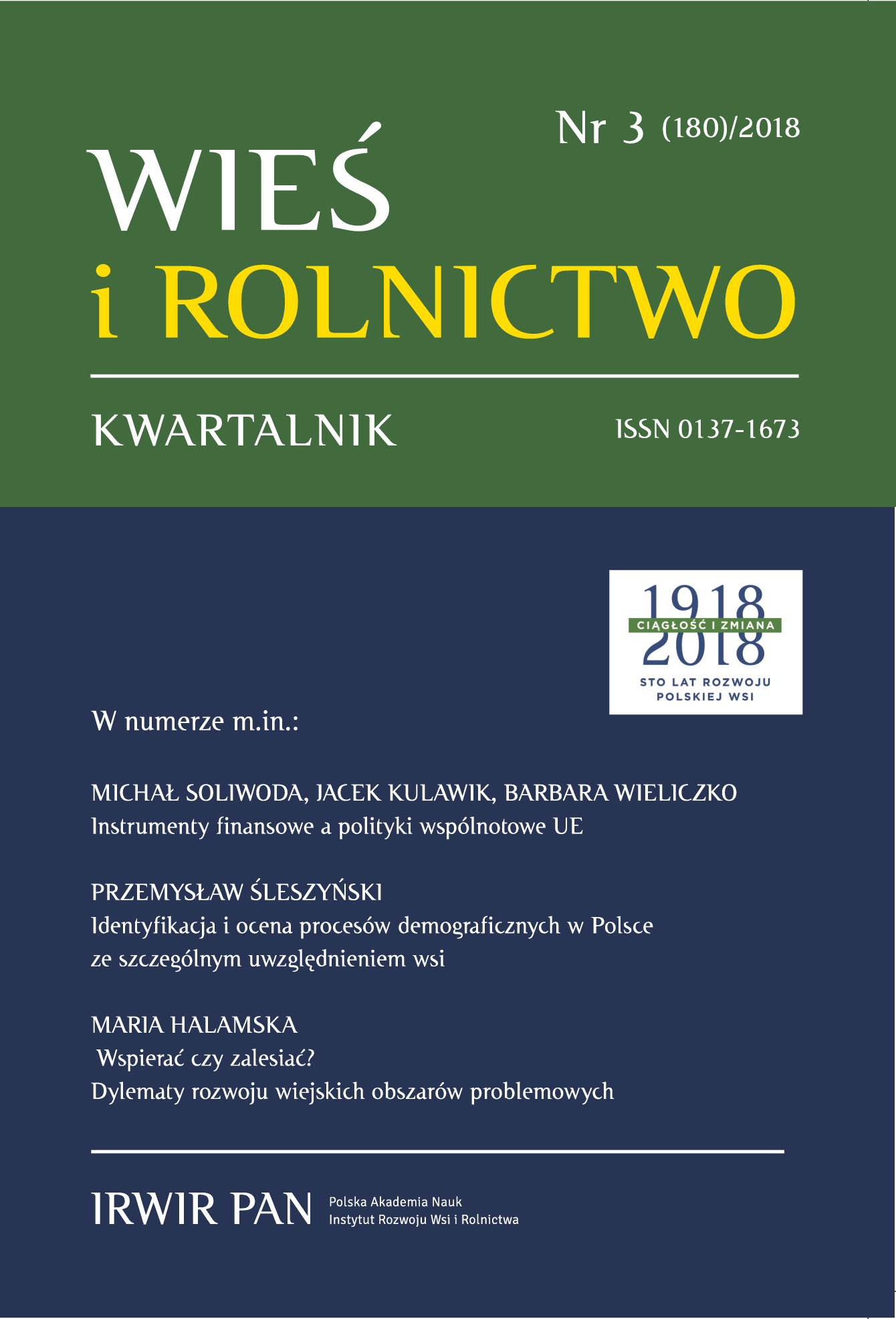

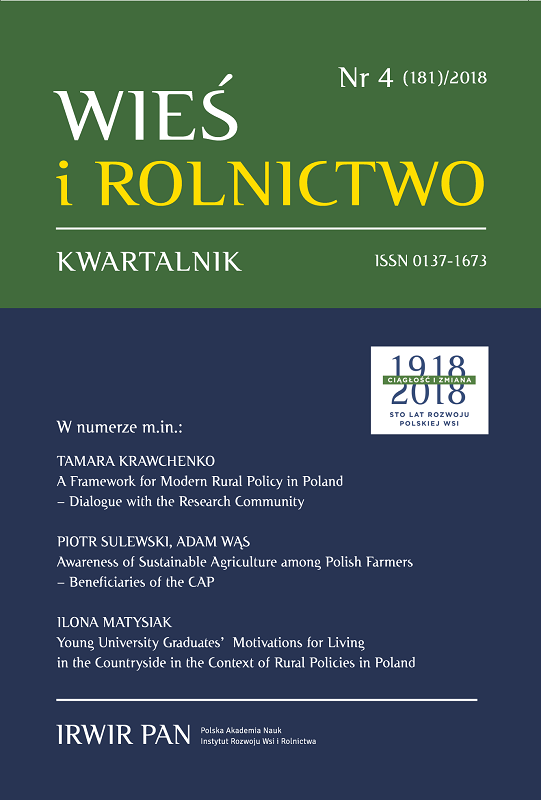
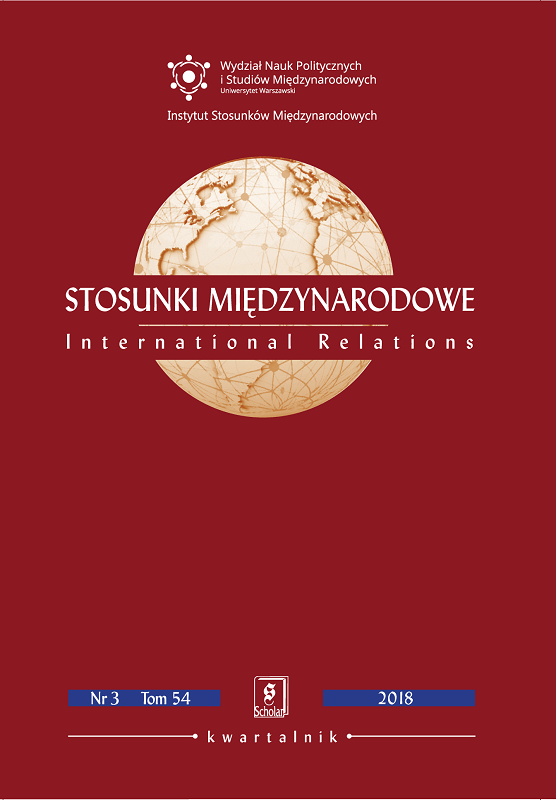

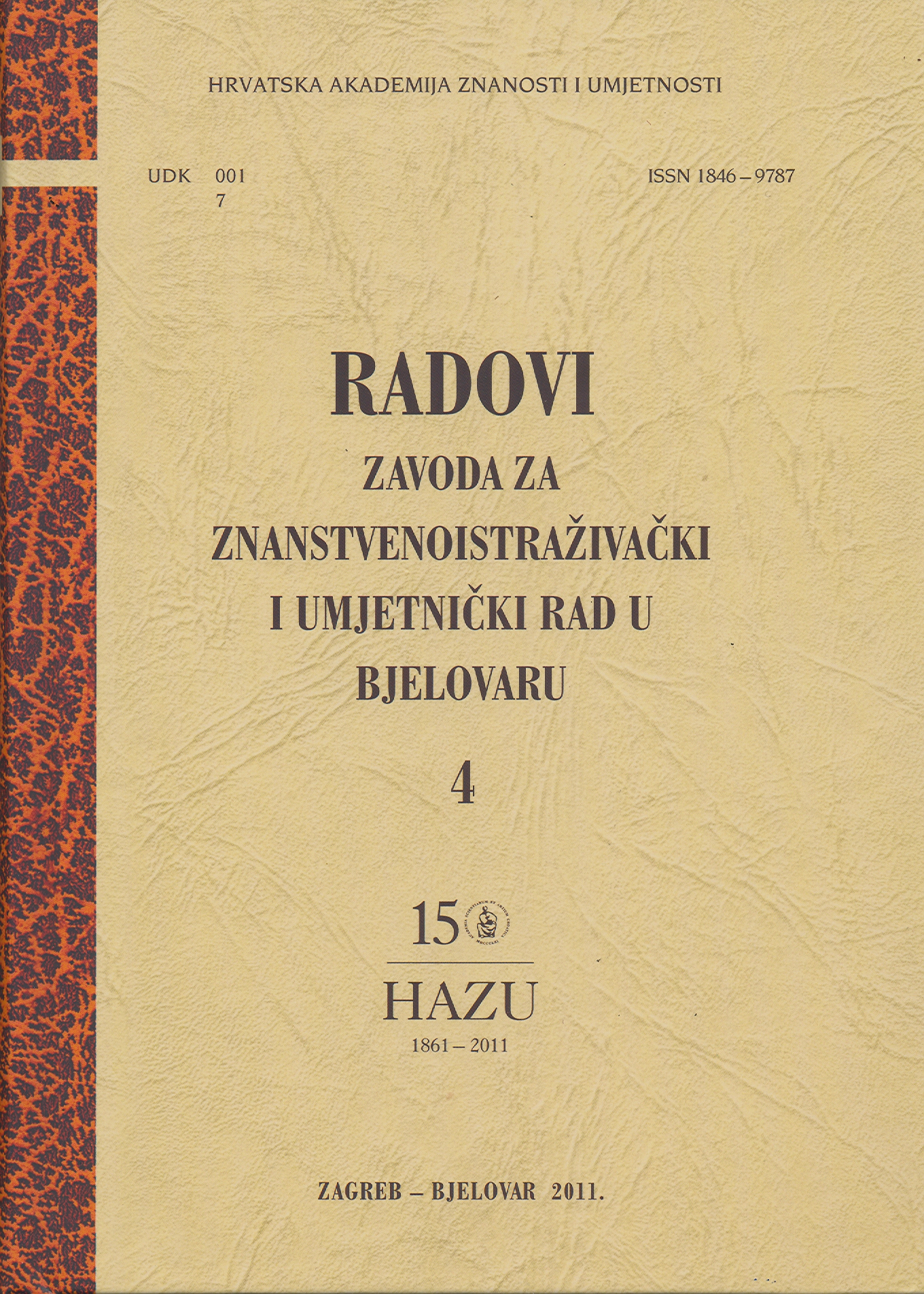
The paper offers a survey and a brief description of basic writings directly or indirectly tackling the topic of the mediaeval Garić-grad, or rather the period of its establishing, existence and tragic ending. In order to finally shed some light onto Garić-grad, which got buried by the Ottoman conquest, comprehensive archaeological explorations had to be carried out; this was realised in the second half of the 20th century (in most part up to 1971). These explorations and their finds led to concrete conclusions regarding the life in Garić-grad, i.e. the role it had played in the history of mediaeval Croatia and Slavonia. This paper endeavours to present these explorations in a summarised fashion.
More...
The prior of the monastery in Vrana and Croatian Vice-Roy Ivan Paližna (of Paližna) was one of the key protagonists in the stormy political state of affairs in the Hungarian-Croatian Kingdom toward the end of the 14th century. However, the reconstruction of his life and work still remains incomplete in a number of details, mainly due to the lack of original data. Paližna’s personality and role have so far not been thoroughly monographically analysed in all aspects of his life, though many researchers have studied his personality, enriching their work with new sources or interpretations of the earlier knowledge. This paper’s primary objectives are the following: to offer a survey on available sources and evaluate the existing Croatian historiographic works tackling Ivan Paližna; to define thematic circles and interpretative ideological signs; and to explore particular debatable moments in Paližna’s biography.
More...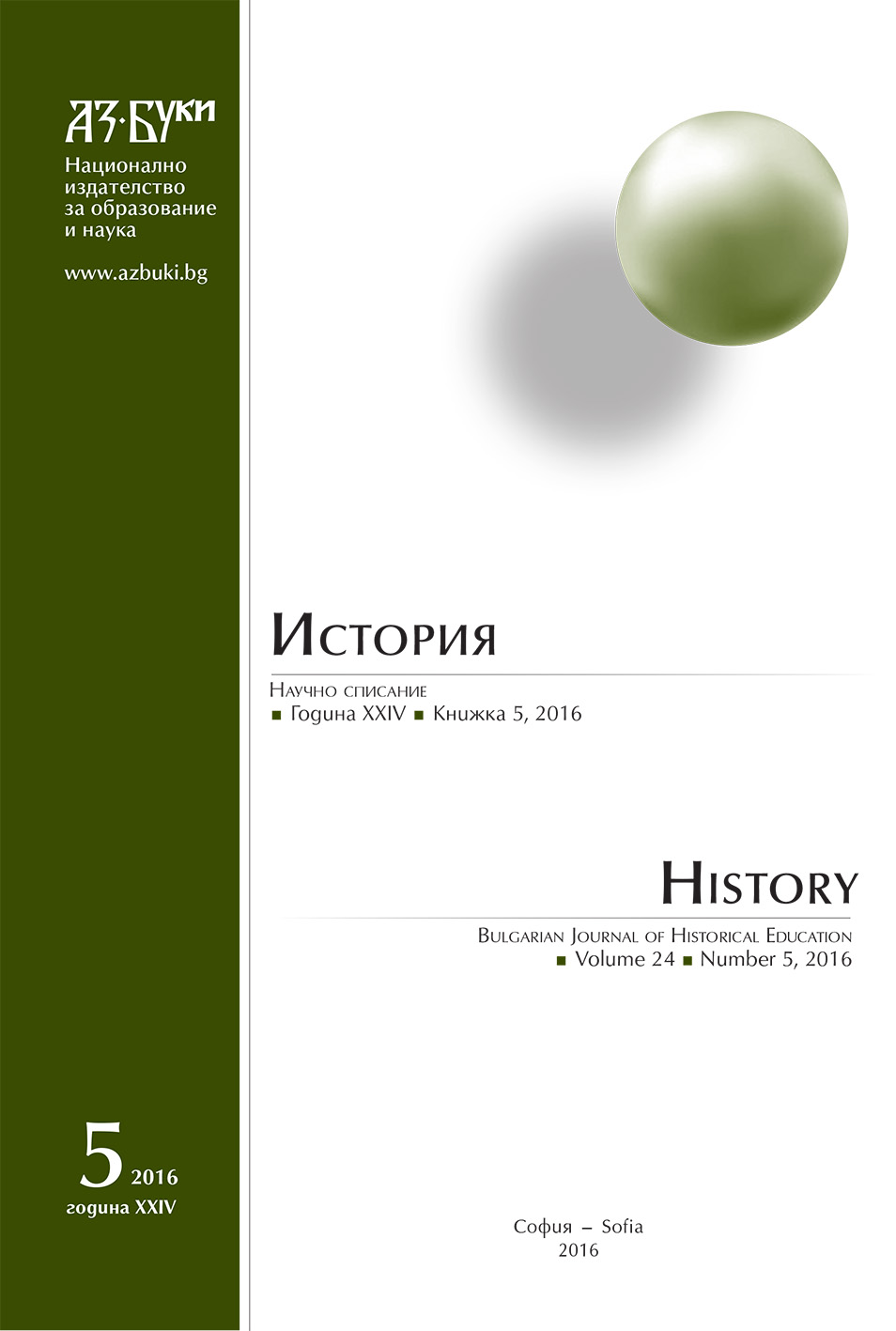
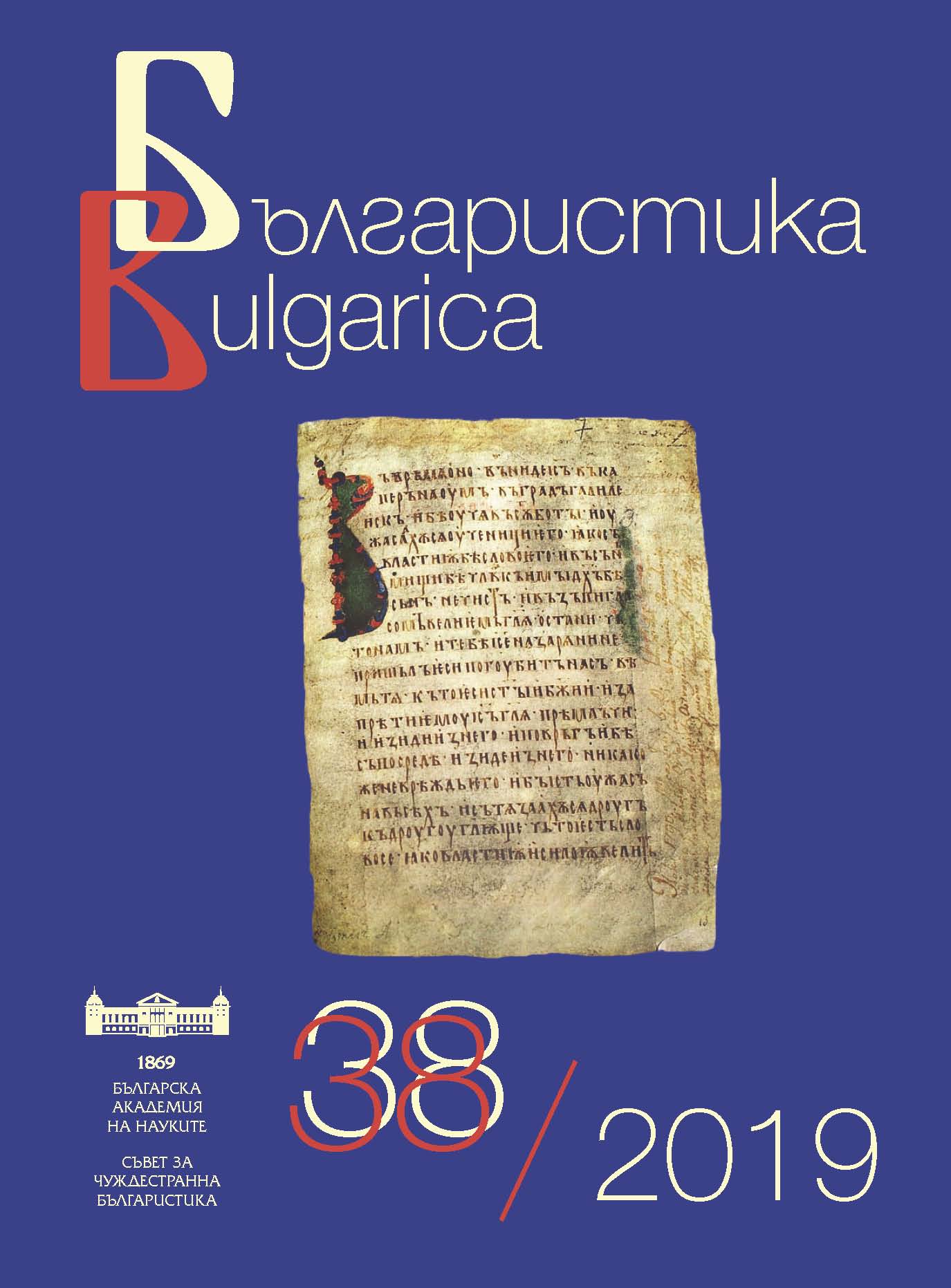
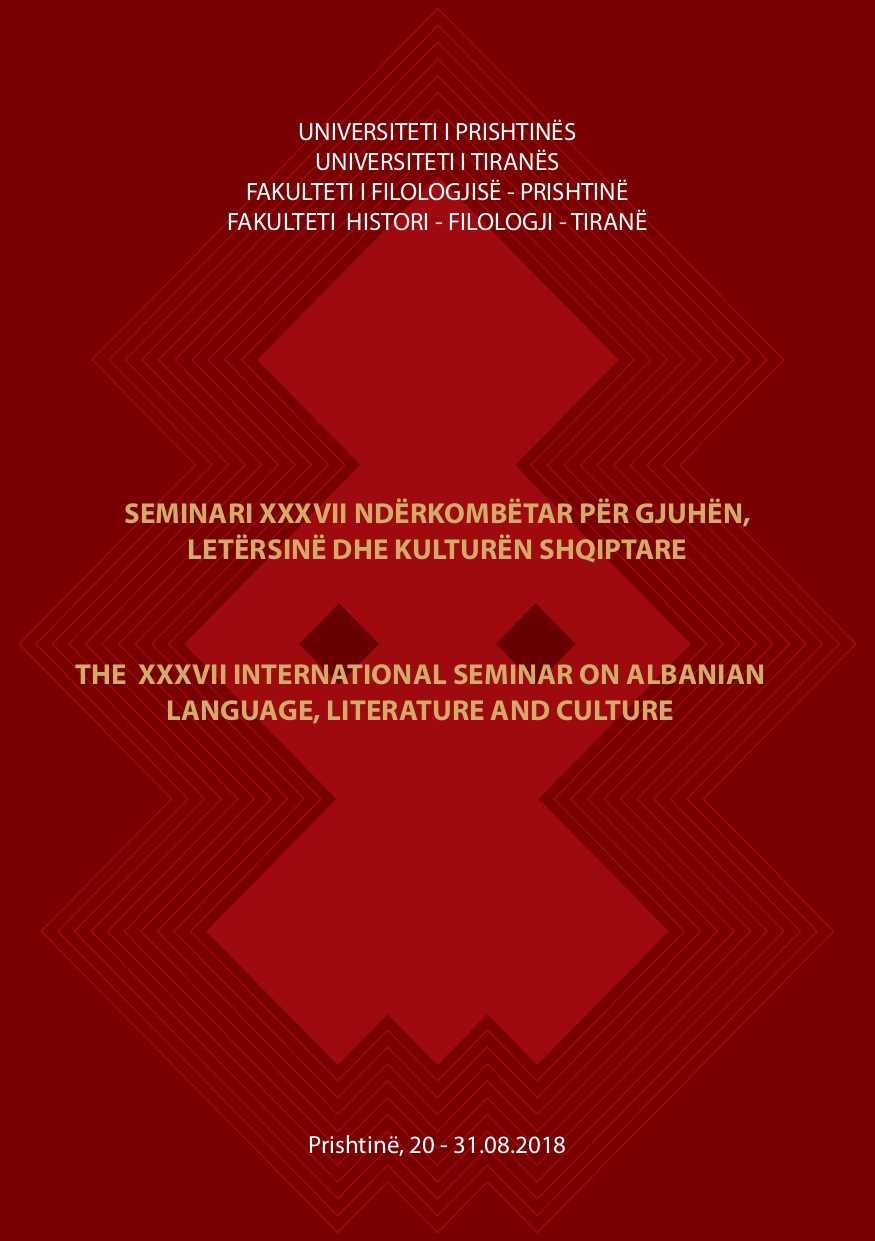
The Greek-Arvanitika-Albanian Dictionary of Panajot Kupitori was composed around 1870-1880 and it was published in Athens, in 2006, by the researcher Titos Jochalas. In a previous study (Qirjazi 2013) we had pointed out the great lexical wealth of the Albanian which remains hidden in the interpretive part of the lemmas in the Kupitori’s dictionary and also, we had mentioned some aspects on the temporal stratification (the ‘fjalë plaka’/old words and the ‘fjalë nuse’/neologisms) and its’ spatial expansion (words from the Arvanitika dialect of Hidra and some other Albanian dialects). The composition of its’ reverse Albanian-Avanitika-Greek form is a part of a project for the preparation of a dictionary of the Arvanitika dialects in Greece and it began as a master thesis of the postgraduate student E. Bilali under the guidance of As. Prof. Dh. Q. Qirjazi. With this paper we will share our experience so far on the subject and we will describe some of our criteria and the directions we will follow in the future on this project.
More...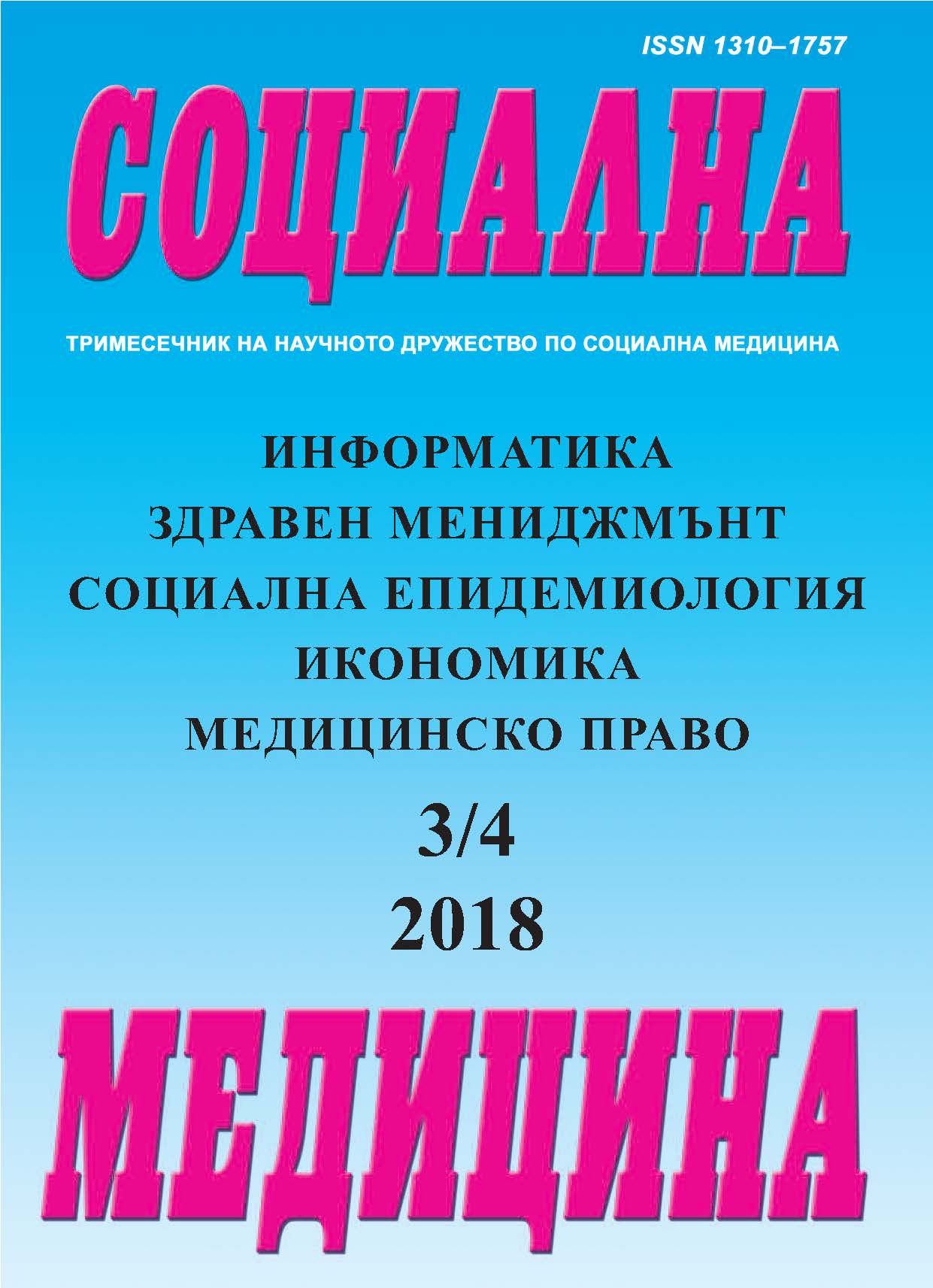
Oncological screening is one of the measures to control cancer. The introduction of population-based screening programs can lead to a significant reduction in mortality and morbidity, if the quality criteria are met. In Bulgaria, screening is opportunistic, unsystematic and ineffective. Purpose: To explore the knowledge and attitudes for attending screening tests, among cervical, mammographic and colorectal screening subjects as well as their assessment of communication with medical professionals involved in cancer prevention in Bulgaria. Methods: 300 citizens over the age of 25 were interviewed, divided into three groups according to the screening location. The data were collected in May 2018 through standardized interviews at the respondents’ home. Results: The knowledge about screening tests among citizens is insufficient and varies greatly for different locations. Medical professionals do not provide sufficient information on the benefits and risks from screening tests. Among the citizens, positive attitudes to screening prevail, with the recommendation given from a doctor being preferred to the written invitation. Conclusion: Continuous efforts are needed to raise the information level and knowledge about screening studies, their nature and objectives. It is necessary to develop algorithms and guidelines for medical professionals conducting screening as well as unified documentation.
More...